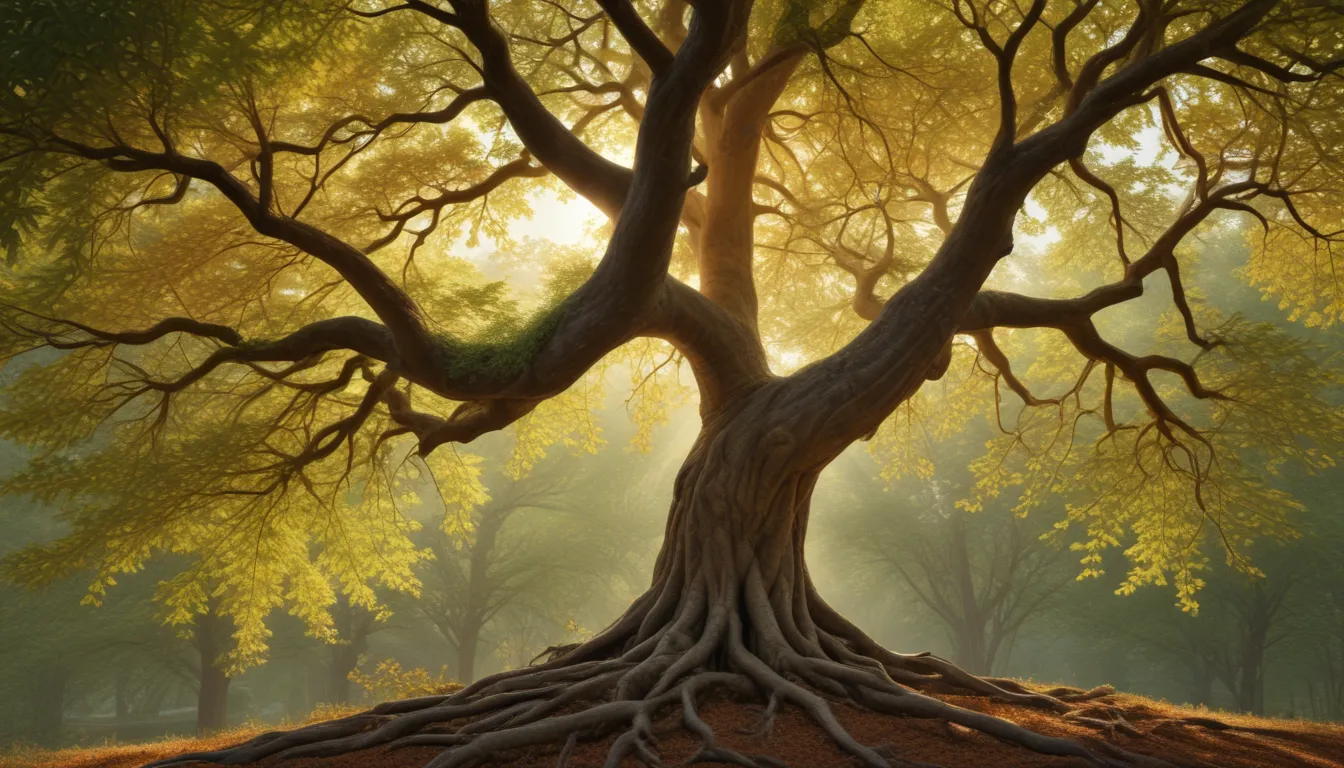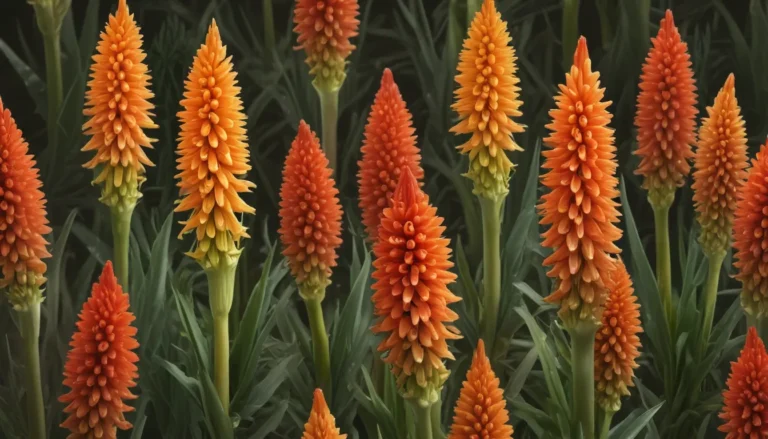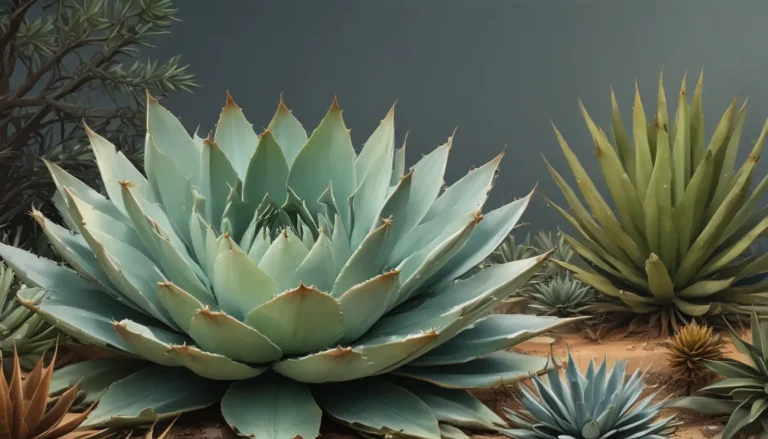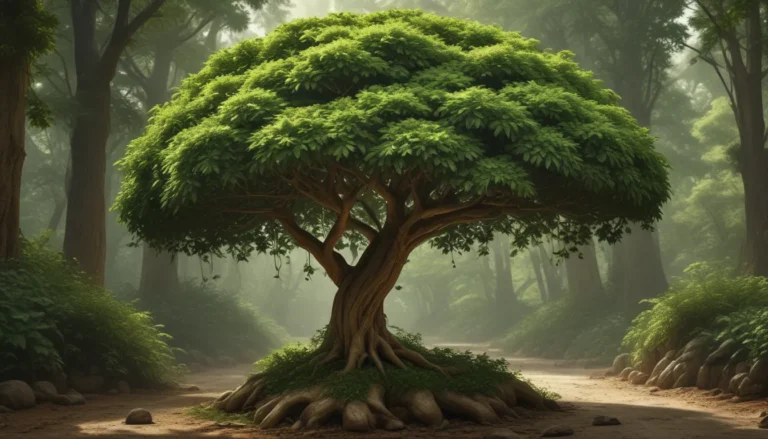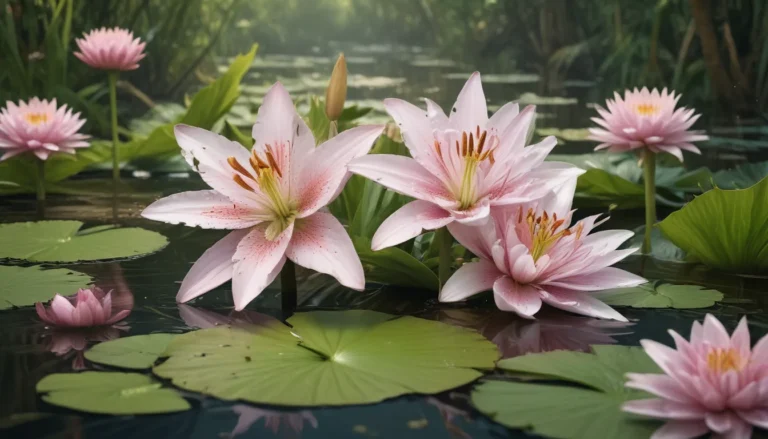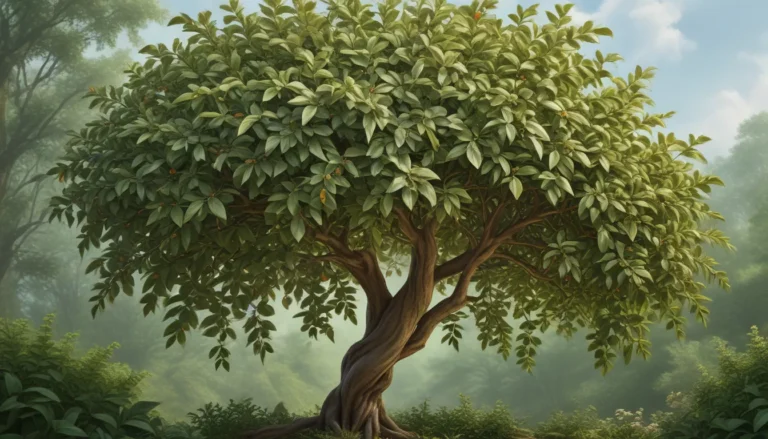The pictures we use in our articles might not show exactly what the words say. We choose these pictures to make you interested in reading more. The pictures work together with the words but don’t take their place. The words still tell you the important facts.
Have you ever marveled at the beauty and resilience of the Gleditsia tree, also known as the Honey Locust? This extraordinary plant, belonging to the Fabaceae family and native to North America, boasts a multitude of fascinating features that have captivated the attention of researchers, nature enthusiasts, and gardeners alike. From its ability to fix nitrogen in the soil to its remarkable drought tolerance, Gleditsia stands out as a valuable and resilient species with a rich history of uses.
In this article, we will delve into 14 extraordinary facts about Gleditsia, shedding light on its impressive adaptations, ecological significance, and diverse applications. Whether you have a passion for botany or simply a curiosity about the wonders of the natural world, these facts about Gleditsia are certain to ignite your imagination and deepen your appreciation for this remarkable tree.
Exploring the World of Gleditsia
1. The Gleditsia tree, commonly known as the Honey Locust, is scientifically referred to as Gleditsia triacanthos. Its name stems from the sweet taste of its legume pods, which resemble honey in flavor.
2. Belonging to the Fabaceae family, the third-largest family of flowering plants, Gleditsia shares a botanical lineage with a diverse array of plants, including beans, peas, and other legumes.
3. Recognized for its stunning, delicate foliage, the Gleditsia tree showcases bi-pinnately compound leaves that lend a feathery appearance to its branches. In the spring and summer, these bright green leaves add a touch of grace to any landscape.
4. During the spring season, the Gleditsia tree adorns itself with clusters of small, greenish-yellow flowers. Though modest in appearance, these blooms play a vital role in the tree’s reproductive cycle, contributing to the propagation of this remarkable species.
5. One of the most striking features of the Gleditsia tree is its long thorns, which can grow up to 12 inches in length. Serving as a natural defense mechanism against grazing animals, these thorns underscore the tree’s resilience and adaptability.
Unveiling the Versatility of Gleditsia
6. Gleditsia trees exhibit exceptional tolerance to a wide range of soil conditions, including clay, loam, and moderately acidic soils. This adaptability makes them an ideal choice for diverse landscapes and environments.
7. Thanks to its deep taproot system, the Honey Locust tree can access water and nutrients even in drought conditions. This robust root structure also lends stability to the tree, enhancing its resilience against strong winds and other environmental challenges.
8. The legume pods produced by the Gleditsia tree, known as “honey pods” or “honey locust beans,” offer a sweet, honey-like taste when ripe. These edible pods can be enjoyed raw or cooked, adding a flavorful touch to various culinary dishes.
9. Beyond its culinary appeal, the Gleditsia tree plays a crucial role in supporting wildlife. The fruit pods serve as a valuable food source for birds, squirrels, and deer, while the dense foliage provides shelter and nesting sites for numerous bird species.
10. Various parts of the Gleditsia tree, including the bark and pods, have found applications in traditional medicine. Possessing antioxidant, anti-inflammatory, and antimicrobial properties, these plant components have been utilized to address a range of health concerns.
Harnessing the Environmental Benefits of Gleditsia
11. Renowned for its resilience to pollution, Gleditsia trees are commonly planted in urban areas to combat air pollution. Their capacity to withstand high levels of urban pollutants makes them valuable allies in improving air quality.
12. With its attractive foliage, adaptability to different soil conditions, and resistance to pests and diseases, the Gleditsia tree has gained popularity as a landscaping favorite. Commonly found in parks, gardens, and residential landscapes, this tree adds beauty and shade to outdoor spaces.
13. Gleditsia trees have a remarkable lifespan, capable of thriving for 50 to 100 years when well cared for. Their enduring presence and resilience make them an enduring fixture in landscapes, serving as testament to their longevity.
14. The durable wood of the Gleditsia tree has found applications in woodworking, particularly in furniture making and construction. Known for its strength, attractive grain patterns, and natural resilience, Gleditsia wood is a sought-after material for various woodworking projects.
Embracing the Extraordinary World of Gleditsia
From its aesthetic allure to its ecological importance and diverse uses, Gleditsia stands out as a truly extraordinary plant. The tree's thorny branches not only provide a natural defense mechanism but also offer refuge for wildlife, while its vibrant flowers and autumn foliage add a touch of elegance to any landscape. Whether you seek to enhance your garden's beauty or unlock the versatile properties of Gleditsia, this remarkable tree holds endless possibilities.
FAQs: Unveiling the Mysteries of Gleditsia
Q: Is Gleditsia suitable for small gardens?
A: While Gleditsia trees can grow into large specimens, dwarf varieties are available for smaller garden spaces. These compact options offer the same stunning foliage and benefits without overwhelming limited areas.
Q: Can Gleditsia endure harsh weather conditions?
A: Indeed, Gleditsia is a hardy plant capable of withstanding diverse weather extremes. Its resilience to both heat and cold makes it an excellent choice for regions with fluctuating climates.
Q: Does Gleditsia require special care and maintenance?
A: Gleditsia is relatively low-maintenance, adapting well to various soil types and requiring minimal pruning. Regular watering and occasional fertilization will support its optimal growth and well-being.
Q: Are Gleditsia seeds toxic?
A: While Gleditsia seeds are not toxic, they should not be ingested by humans or animals. Large seed quantities may cause stomach discomfort, emphasizing the importance of caution and keeping seeds out of reach.
Q: Can Gleditsia be grown in containers?
A: Gleditsia, especially dwarf varieties, can thrive in containers if provided with a spacious pot for its root system and adequate drainage. Container planting offers a versatile option for enjoying the beauty of Gleditsia in confined spaces.
In conclusion, the Gleditsia tree, with its array of captivating features and practical benefits, serves as a steadfast companion in both natural ecosystems and human landscapes. By understanding and embracing the extraordinary qualities of Gleditsia, we can foster a deeper connection with the natural world and appreciate the wonders that this remarkable tree has to offer.
